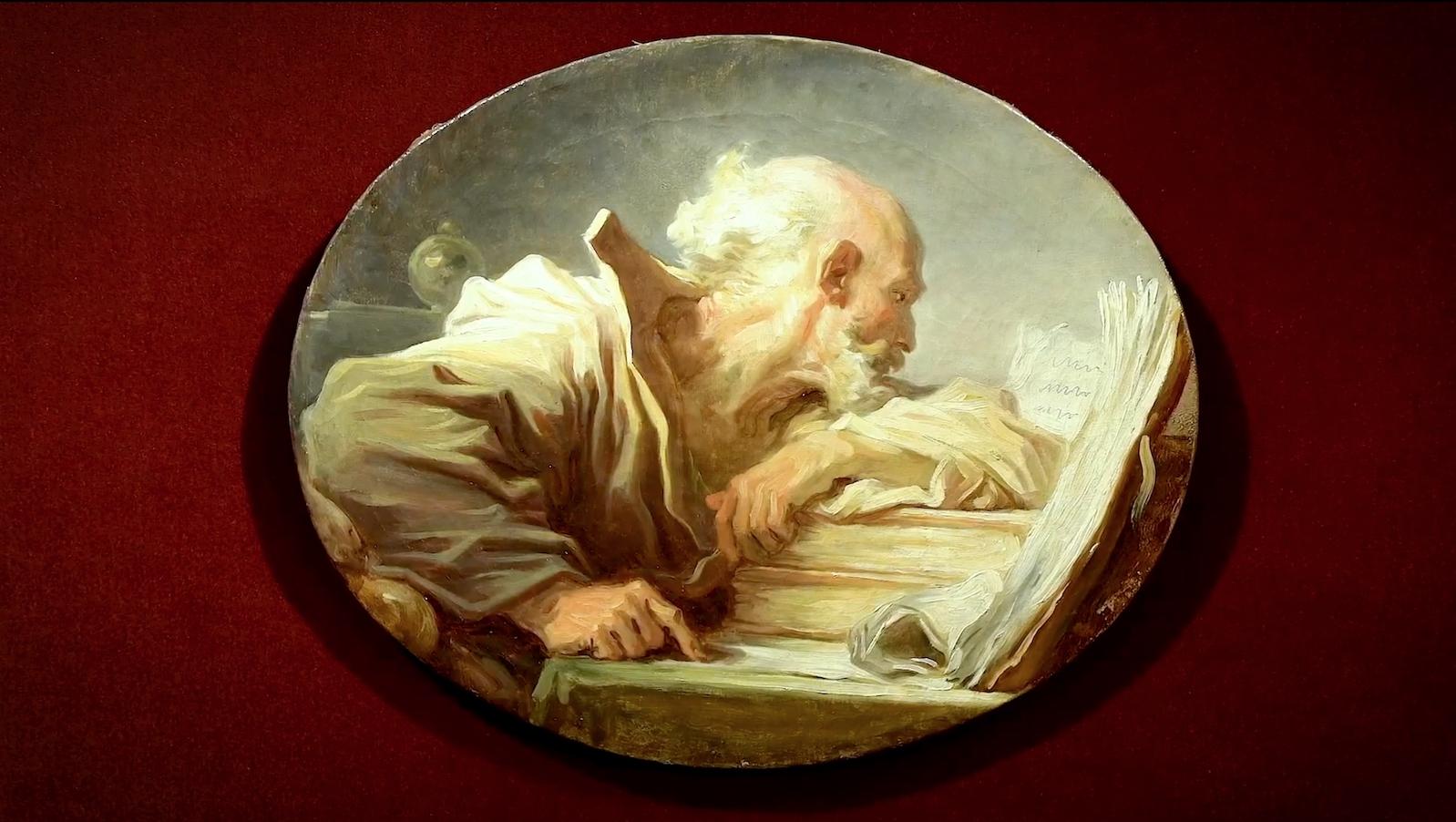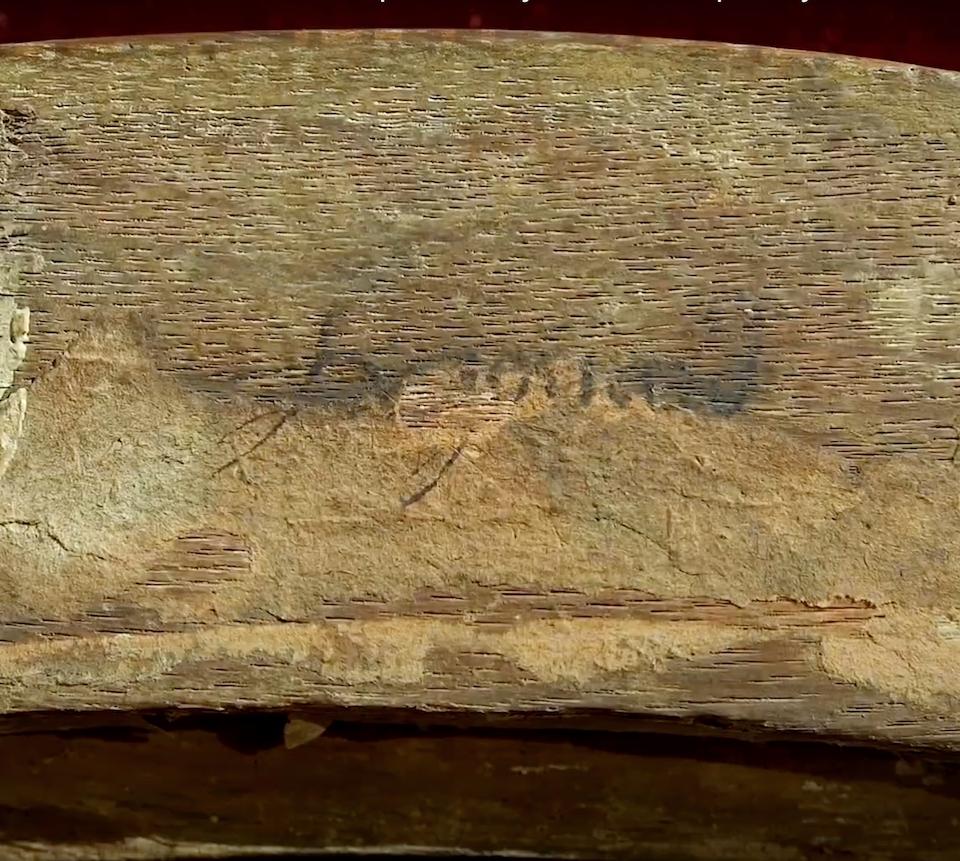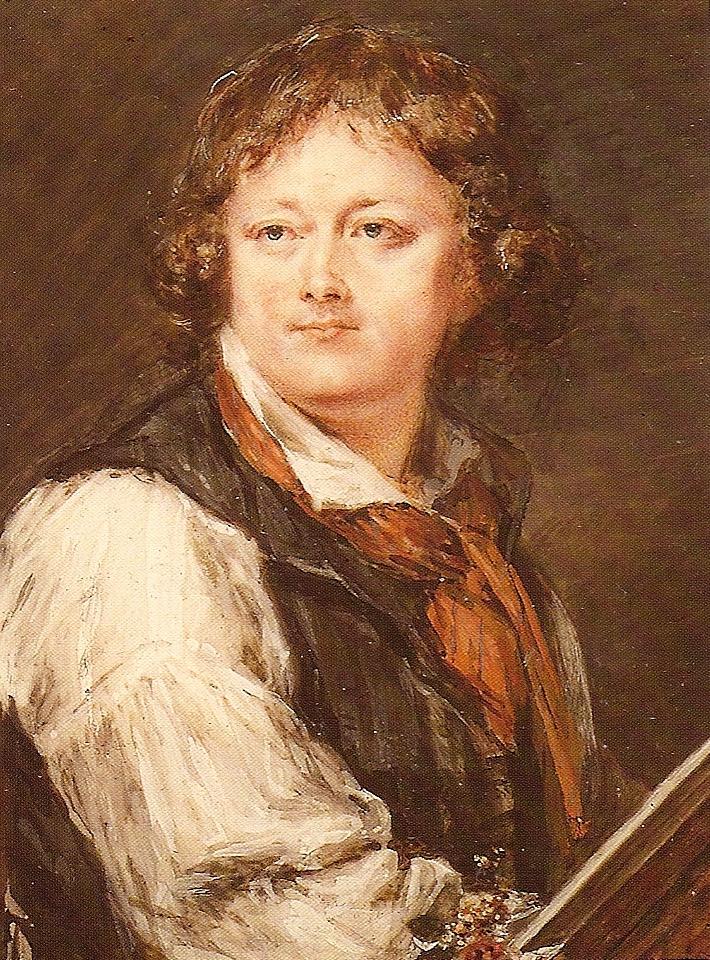Hung high on a living room wall, the dusty, shabbily signed Philosopher Reading turned out to be a peculiar yet fascinating specimen of Jean-Honoré Fragonard’s body of work. Although the brushwork is characteristic of the eighteenth-century Rococo master, the subject matter is not.
The paint application evokes the artist’s quick yet scrupulous approach—a trademark perhaps best encapsulated by signs of direct laying of paint with fingertips in some sections. The content, however, falls in line with a limited segment of Fragonard’s career.
The painting’s focus on a serious man pouring over text is a complete diversion from the artist’s typical flamboyant and often erotic pastoral or bedroom scenes. Fragonard produced approximately ten portraits of stately or learned men, painted in the style of Rembrandt. For context, there are about 550 known Fragonard paintings. This particular painting was created when the artist was about forty years old—or, around 1776.

























![DEl Kathryn Barton [Australian b. 1972] the more than human love , 2025 Acrylic on French linen 78 3/4 x 137 3/4 inches 200 x 350 cm Framed dimensions: 79 7/8 x 139 inches 203 x 353 cm](/sites/default/files/styles/image_5_column/public/ab15211bartonthe-more-human-lovelg.jpg?itok=wW_Qrve3)



